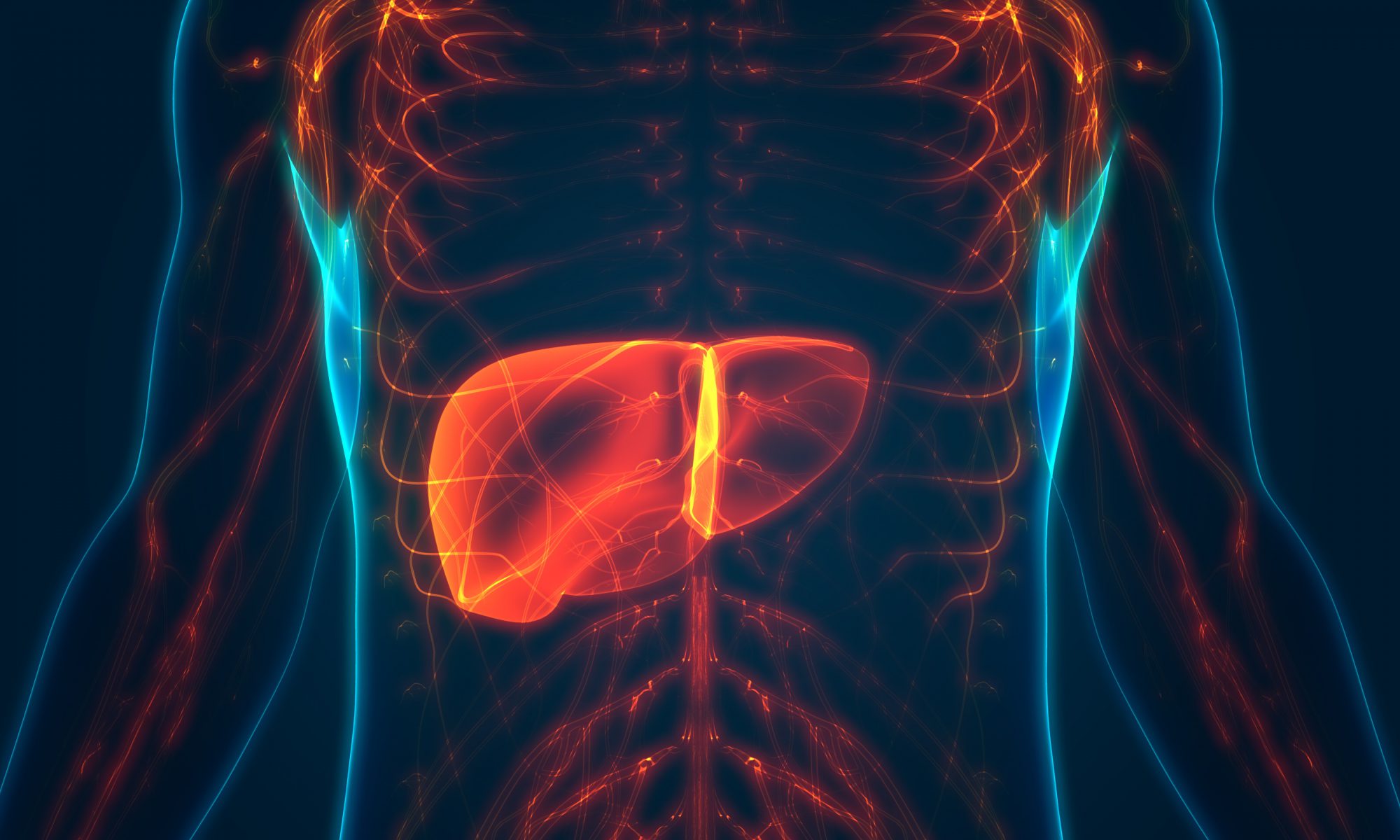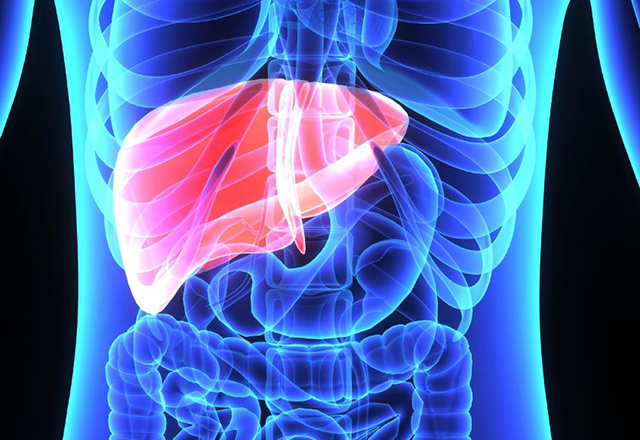George Surratt felt like the luckiest man in the world when he got a liver transplant. The wait list for an organ is so long that some patients run out of time.
And, so, nine years later, when the Maplewood, MN, engineer turned again to University of Minnesota doctors, this time for a kidney transplant, he was worried.
Could lightning strike twice and allow him to join his wife in watching their two kids grow into careers and maybe even families? Read the full story from University of Minnesota News.
Liver transplant patient travels across the world to Chicago for life-saving surgery
CHICAGO – A Chicago hospital is getting worldwide recognition for its organ transplant program.
Patients travel from around the globe to receive life-saving treatment at Northwestern Medicine. One of those patients is Mohamad Alhosani. Check out the full story from Fox 32 Chicago.
Low Carb Diet Boosts Weight Loss for Liver Transplant Recipients With Obesity
— LCD also positively impacted patients’ metabophenotype
Liver transplant recipients benefited from a low carbohydrate diet (LCD), achieving weight loss and an improved metabolic phenotype profile, according to a randomized trial.
In an interim analysis involving 27 patients, those who followed an LCD had a significantly higher mean weight loss of nearly 8 kg (about 17 lbs) over 6 months, compared to those on a low calorie restricted diet (CRD), who did not experience any significant weight loss (P=0.01), reported Mohammad Siddiqui, DO, of Virginia Commonwealth University in Richmond. Read more in MedPage Today.
Everything You Need to Know About Being a Living Liver Donor
With over 105,000 people on the national transplant waiting list, it should be no surprise that organ donation is one of the most important medical procedures of our time. In 2021 alone, more than 11,800 people on the national transplant list were waiting specifically for a liver transplant.
But what does the journey of a liver transplant involve, exactly? And what does this process look like for living liver donors who make the choice to donate a part of their liver?
Read more from Healthline.
My brother needed a liver transplant but didn’t have health insurance. My advocacy is what got him on the donor list.
My brother was diagnosed with primary sclerosing cholangitis — a liver disease — resulting from the autoimmune condition ulcerative colitis in 2016. The condition is incurable and progresses to liver failure without a liver transplant. Fortunately, he was transplanted on July 8, 2018, and has been doing well ever since.
However, the process of getting him a transplant was a challenge, and quite eye-opening. I thought I’d watched enough medical dramas to give me a basic understanding — but, of course, it’s nowhere as simple in real life as it appears on television. Read the full story in Insider.
Low MELD Score No Barrier to Long Survival After Living-Donor Transplant
— End-stage liver disease patients with scores as low as 11 achieved survival of 13 years or beyond
End-stage liver disease patients at lower risk for death in the short term still reaped the substantial benefits of a living-donor liver transplant (LDLT), a case-control study revealed.
Compared with individuals who remained on the transplant waitlist, those with Model for End-Stage Liver Disease incorporating sodium levels (MELD-Na) scores ranging from 6 to 19 gained an additional 13 to 17 years of life following LDLT, reported John Malamon, PhD, of the University of Colorado in Aurora, and colleagues. Read more in MedPage Today.
A new storage technique could vastly expand the number of livers available for transplant
It allows donor livers to be held for days—significantly longer than the standard now–and even treated if they are damaged.
A patient who received a donated liver that had been stored for three days in a new type of machine that mimics the human body is healthy one year on from surgery, according to a study in Nature Biotechnology. The technology could significantly increase the number of livers suitable for transplant, the authors claim, both by enabling donor livers to be preserved for longer than the current standard and by making it possible to repair organs that are available but too damaged to transplant as is.
Read more in MIT Technology Review.
In rare medical procedure, these two women share one liver
Maria Contreras and Monica Davis share many things — including a vital organ.
The two Ohio women, who refer to themselves as “split-liver sisters,” received a liver transplant on July 1, 2020. But it wasn’t an ordinary transplant surgery: They had a split-liver transplantation, in which a donor’s liver was divided into two distinct portions, which were then implanted into each patient. Read the full story in The Washington Post.
Doctors Take Out Patient’s Damaged Liver, Transplant It Back After Treating It
Doctors in Switzerland have successfully removed a cancer patient’s damaged liver before transplanting it back into his body after having treated the organ in a machine for three days.
The multidisciplinary Liver4Life team at the University Hospital Zurich (USZ) has claimed that the procedure is the first of its kind in the world and they credited their in-house perfusion machine with making the feat possible. Read the full story in Newsweek here.
Kidney, heart transplant ‘years ahead of’ LT in development, implementation of biomarkers
Although the development and use of biomarkers in liver transplantation has progressed in recent years, challenges and limitations remain, according to presenters at the American Transplant Congress 2022.
Thomas D. Schiano, MD, professor of medicine and liver diseases at Mount Sinai in New York, told attendees that among transplant patients, biomarkers should monitor short- and long-term graft function, predict acute and chronic disease development, assess donor organ quality or monitor response to therapeutic intervention. Further, biomarkers should have external validation. Read the full article in Healio.




